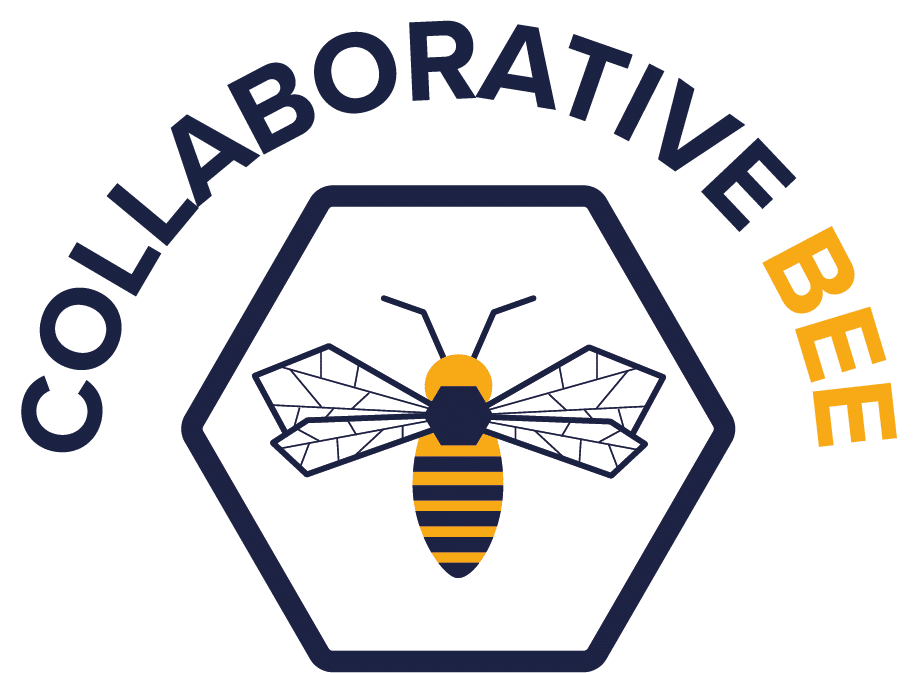ISO-Plane™ – The Lesser Open Source Cargo Aircraft
Designing the world’s first modular cargo aircraft under the Lesser Open Bee License 1.3 – Chapter 2: Lesser Open Source Collaboration.
🌍 Introduction
ISO-Plane™ is a collaborative aircraft design project developed under the Lesser Open Bee License 1.3 – Chapter 2 Lesser Open Source.
It is coordinated by Technoplane SAS and developed through open academic collaboration between ESTACA Bordeaux and ENSTA Paris.
The goal of ISO-Plane is to create a medium-range cargo aircraft capable of carrying a standard ISO 20-foot container directly inside its fuselage.
This revolutionary concept aims to merge global logistics standards with aviation efficiency, creating a fully interoperable air transport solution for the 21st century.
ISO-Plane is currently progressing through TRL 3 (Technology Readiness Level 3), where academic teams are validating aerodynamic performance, lift mechanisms, and environmental sustainability under open research conditions.
🚀 The Concept
At the heart of the ISO-Plane project lies a simple but powerful idea: make air cargo modular.
By designing a fuselage capable of integrating standard ISO containers, the aircraft can eliminate the need for complex ground handling, cranes, or custom pallets.
- Standard Compatibility: ISO 20-foot containers (up to 8 tons) fit directly into the cargo bay.
- Bottom-Loading Mechanism: hydraulic lifting arms raise and secure containers automatically.
- Autonomous Control: all loading operations can be managed from the cockpit, reducing ground personnel needs.
- Short-Runway Operations: designed for regional airports and remote-area logistics.
- Mission Modularity: adaptable configurations for freight, humanitarian aid, or medical transport.
ISO-Plane embodies the spirit of the Lesser Open Source philosophy — combining shared innovation, transparent documentation, and open educational value with professional engineering discipline.
⚙️ Engineering and Design Features
1. Hydraulic Lift System
The lift system enables direct ground-to-air loading of containers.
Four synchronized hydraulic actuators guide the container into position beneath the fuselage, then lift and lock it into place.
Automated sensors monitor weight distribution and ensure flight safety during every operation.
2. Structural Innovation
The ISO-Plane features a hybrid fuselage structure built from aluminum alloys and carbon-composite reinforcements.
The structure is modular, lightweight, and maintainable, enabling rapid assembly, inspection, and modification across missions.
3. Aerodynamic Optimization
Engineers have optimized the aircraft’s wings and empennage for performance and stability.
Key aerodynamic data:
- Airfoil: NACA 4415 (optimized for lift at moderate Reynolds numbers)
- Wing area: 104 m²
- Cruise speed: 685 km/h (Mach 0.6)
- CFD modeling performed in SimScale with academic validation at ENSTA Paris
🔬 Research Methodology and Academic Partnership
ISO-Plane follows the collaborative research framework defined by the Collaborative Bee Ecosystem.
Each partner school contributes to a different component of the design, ensuring open access to data, traceability, and shared authorship.
Academic Partners
- ESTACA Bordeaux: mechanical system design, structure, and hydraulic lift modeling.
- ENSTA Paris: aerodynamic simulation, sustainability studies, and carbon analysis.
- Technoplane SAS: license coordination, audits, and integration of student results into the global Bee ecosystem.
TRL Progression
- TRL 1: Conceptual definition and feasibility studies (2012–2018)
- TRL 2: Digital modeling and aerodynamic validation (2019–2024)
- TRL 3: Prototype design, testing, and collaborative simulation (2025–2026)
All project deliverables — reports, CAD models, simulation results, and presentations — are publicly documented under Lesser Open Source terms and published in the
Collaborative Bee Wiki.
🌱 Sustainability and Environmental Impact
Sustainability drives the ISO-Plane initiative.
The aircraft’s modularity and lightweight materials aim to reduce carbon emissions by up to 30% compared to traditional cargo aircraft.
Lifecycle Impact
- Material Efficiency: use of recyclable aluminum and bio-composites in structure and panels.
- Propulsion Systems: open compatibility with hybrid-electric and hydrogen-based engines.
- Carbon Analysis: conducted by ENSTA Paris using ADEME 2025 methodology.
- Operational Savings: reduced ground infrastructure needs lower total logistics emissions.
Carbon Footprint Overview
ISO-Plane emits approximately 20.7 tons of CO₂ per 2,000 km mission, compared to 24–26 tons for equivalent freighters.
Future configurations aim to reduce this figure below 18 tons with optimized aerodynamics and next-generation fuel systems.
🤝 The Collaborative Bee Ecosystem
ISO-Plane is part of the broader Collaborative Bee Ecosystem — a network of open engineering projects licensed under the Lesser Open Bee License 1.3.
This ecosystem includes:
- Bee-Plane™ – Modular mid-range passenger aircraft with detachable fuselage.
- Mini-Bee™ – Hybrid two-seat VTOL aircraft for urban mobility and emergency response.
- GPS 4D™ – Open-source flight trajectory and airspace optimization system.
- BeeCoin™ – Open value and royalty tracking system for collaborative projects.
All these initiatives demonstrate how Lesser Open Source collaboration can unite education, research, and industry toward sustainable aviation goals.
🛫 Looking Ahead
The next milestones for ISO-Plane include the construction of a scaled demonstrator, real-time lift system testing, and aerodynamic validation under TRL 3–4.
The project’s long-term vision extends toward hybrid-electric propulsion, carbon-neutral operation, and modular fleet deployment across global logistics networks.
Through its open, ethical, and educational approach, ISO-Plane exemplifies how Lesser Open Source engineering can transform the way aircraft are conceived, built, and shared.
📘 License and Attribution
All ISO-Plane documentation, CAD models, and reports are distributed under:
“Lesser Open Bee License 1.3 – Chapter 2: Lesser Open Source – © Coordinator Technoplane SAS.”
Participants agree to share results transparently, reference the license in all deliverables, and contribute to the open knowledge base of the Collaborative Bee Network.
Open collaborative project – ISO-Plane™ – developed under the Lesser Open Bee License 1.3 (Chapter 2 Lesser Open Source) © Coordinator Technoplane SAS.
